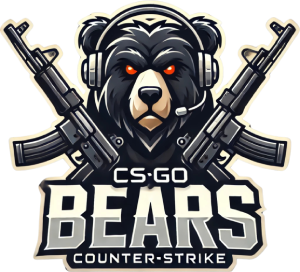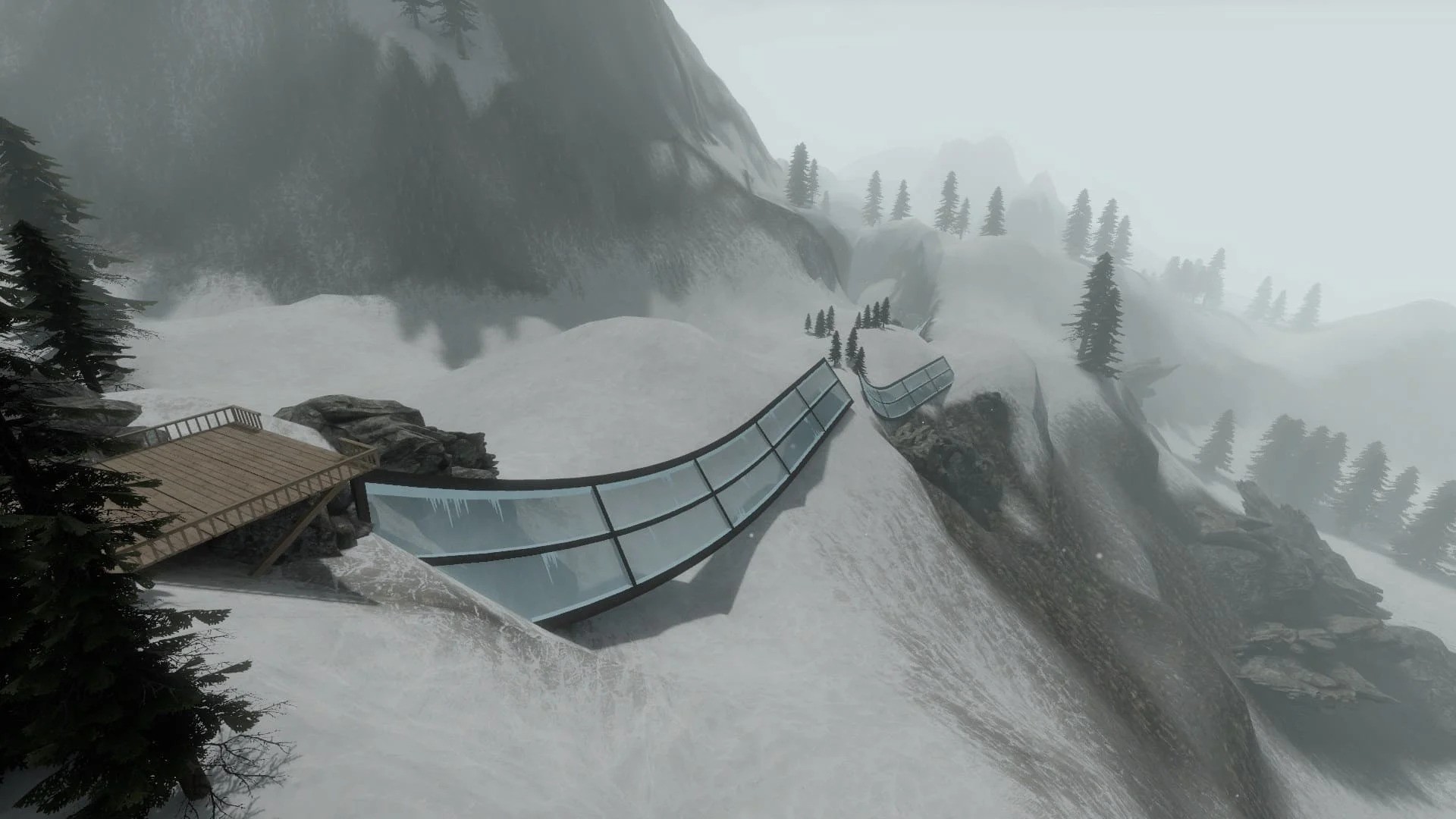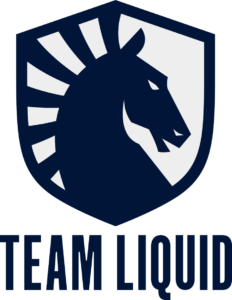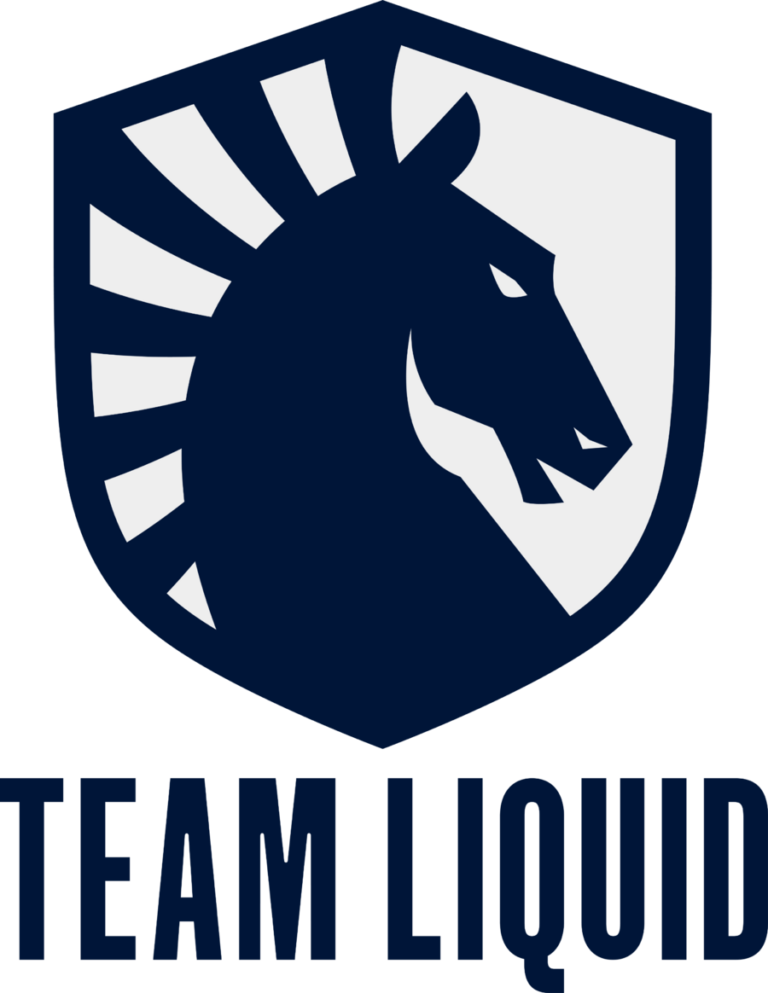Have you ever wondered how to play CS2 beyond its standard game modes? Surfing offers a unique twist, blending creativity, precision, and speed into an exhilarating experience. For newcomers and veterans alike, mastering surf mechanics opens the door to a new layer of skill in Counter-Strike 2.
In this guide, we’ll explore the world of surfing in CS2, including where you can find surf maps, tips for beginners, and how these techniques can even give you an edge in competitive matches. Whether you’re looking to sharpen your movement or simply enjoy a fresh way to play, this is your ultimate starting point.
Where Can You Surf in CS2?
Surfing maps are available in CS2 through custom servers, offering an exciting environment for players to refine their skills or simply have fun. These maps, typically community-created, focus entirely on mastering surf mechanics and are distinct from the traditional competitive maps in CS2. They range from beginner-friendly layouts to challenging setups that demand advanced techniques.
To get started:
- Join a Surf Map
Access the Community Servers section within CS2. Search for surf maps by typing keywords like “surf” or browsing the server descriptions. Popular beginner maps include “surf_beginner” or “surf_utopia,” emphasizing smooth learning curves and basic maneuvers. - Explore Workshop Maps
The Steam Workshop is another fantastic resource for surf maps. Browse trending or highly rated maps, and subscribe to the ones you want. Subscribed maps appear in your “Offline Play” section, where you can practice at your own pace. - Try Dedicated Surf Servers
Many servers specialize in surf gameplay, often categorized by difficulty. Joining a beginner server ensures you start on maps with wide ramps, slow-paced gameplay, and forgiving turns, making it easier to grasp the core mechanics. As you progress, intermediate and advanced servers challenge you with faster speeds, tighter curves, and complex jumps.
Surf maps often include difficulty ratings to guide players:
| Difficulty Levels of Surf Maps | What to Expect |
| Beginner | Broad ramps, gentle turns, and slower speeds, ideal for mastering the basics. |
| Intermediate | Faster gameplay with tighter curves, requiring improved control and timing. |
| Advanced | Complex layouts with narrow ramps, tricky jumps, and minimal room for error. |
These maps offer a refreshing change of pace from standard gameplay modes. Beyond their training potential, surf maps can be a fun way to relax or compete on leaderboards for the fastest completion times. Whether playing casually or striving for precision, the surf community in CS2 has something to offer for everyone.
Beginner Tips on How to Surf in CS2
Surfing in CS2 may seem like a complex skill, but with a structured approach, even a novice can learn to glide across ramps with ease. Success in surfing relies on combining momentum, precise positioning, and smooth movements. Below are expanded tips that break down the process to get you started.
Gain Momentum from the Initial Jump
The first jump is your gateway to a successful run, as it determines how much speed you’ll carry onto the ramps. A solid start ensures your momentum stays strong throughout the map.
- Sprint and jump: Begin with a full sprint by holding down the forward movement key (default W) before leaping onto the ramp. This extra burst of speed will help you smoothly transition onto the surface.
- Aim for the ramp’s slope: Position yourself to hit the highest point of the ramp where the angle starts to decline. This approach allows gravity to work in your favor, generating the speed you need to maintain control.
- Use height to your advantage: The more elevated your entry point, the better your initial glide will be. Think of using the ramp’s natural curve to fuel your momentum.
If your game feels sluggish or unresponsive during this step, it might be worth checking out how to fix CS2 stuttering for optimization tips. A smoother experience is essential for mastering the precise movements required to surf effectively.
Getting a strong start is like winding up a slingshot—it sets you up for smooth, controlled movement as you progress.
Land on the Ramp but Look Forward
Where your eyes focus has a significant impact on how well you surf. Many beginners instinctively look down at their character, but this limits awareness of the path ahead and makes it harder to anticipate turns or transitions.
- Align your landing angle: When landing on the ramp, slightly tilt your mouse to align your character’s movement with the surface’s slope. Proper alignment prevents bouncing off the ramp and ensures a smooth glide.
- Focus on the path ahead: Keep your gaze fixed on the direction you’re heading. Watching the ramp in front of you lets you plan your movements and avoid obstacles or sharp curves.
This habit improves your precision and helps you gain confidence in navigating tricky sections of the map.
Aim Side Movement to the Ramp Center
Maintaining balance is one of the most critical aspects of surfing. Drifting too far to the edges of the ramp increases your chances of falling off, while staying near the center keeps you in control and allows for smooth transitions.
- Master strafing keys: Use A and D keys to adjust your position along the ramp. Strafing helps you counteract drift and stay aligned with the ramp’s curve.
- Make subtle corrections: Avoid oversteering by gently tapping the strafe keys instead of holding them down. This prevents erratic movements that could disrupt your momentum.
- Stay consistent: Focus on gliding toward the ramp’s center line. Balancing in the middle reduces your risk of sliding off and makes navigating curves more intuitive.
Balancing is similar to tightrope walking—it requires patience and minor adjustments to stay on track.
Don’t Use the Forward Key
One of the most common mistakes among beginners is holding down the forward key (W) while surfing. While it’s tempting to think this helps with speed, it disrupts your flow and makes movement more challenging.
- Let gravity guide you: Surfing relies on the natural momentum generated by the ramp’s slope. Holding the forward key adds unnecessary input, which can cause you to lose balance or overshoot.
- Focus on strafing and mouse movement: These are your primary tools for controlling direction and positioning. By avoiding forward motion, you’ll glide more naturally and maintain consistent speed.
Think of it like coasting on a bicycle downhill—gravity does the work, and your job is to steer.
Make a Curve to Jump Between Ramps
Transitions between ramps can be intimidating, especially when the gaps seem too wide. However, with some practice, you’ll learn to use smooth curves to maintain speed and glide effortlessly.
- Approach with a wide arc: When nearing the edge of a ramp, move your mouse and strafe keys in sync to create a curve that points toward the next ramp. This curved motion ensures a clean trajectory.
- Land at the peak: Aim at the highest part of the next ramp’s slope. This gives you a natural boost in momentum and makes it easier to maintain control for the next section.
Think of it like drawing a rainbow across the gap—smooth, rounded movements create a seamless transition.
Strafe in the Air
Air strafing is an advanced but essential technique that allows you to control your character’s direction during jumps. It’s the key to landing precisely where you want on the next ramp.
- Synchronize strafing and mouse movement: While airborne, press A or D to strafe and move your mouse in the same direction. This coordination keeps your trajectory steady and aligned with the ramp ahead.
- Make minor adjustments: Avoid overcorrecting in midair. Small movements are enough to guide your character toward the ideal landing spot without losing speed.
Mastering air strafing is like steering a glider—small, deliberate inputs make all the difference in a smooth flight.
How Do You Use Surf in Competitive Matches?
Surfing is not just a fun mechanic; it can also provide a tactical advantage in competitive CS2 matches. Using sloped surfaces or rails found on some maps, players can gain extra speed to rotate faster between bomb sites or evade dangerous encounters. This speed advantage allows for quicker repositioning, whether to support teammates, secure better angles, or make an efficient retreat when under pressure.
Surfing can also open up unexpected routes for creative plays. Players can surprise opponents who might not anticipate such movements by taking alternative paths or unusual angles. This unpredictability can give you the upper hand, whether flanking the enemy team or escaping a losing fight.
Beyond its immediate applications, practicing surf mechanics improves overall movement skills, such as precise strafing, smoother air control, and a better understanding of in-game physics. These skills carry over into every aspect of competitive play, making your navigation more fluid and your gameplay more confident. Incorporating surfing into your skillset adds a unique element to your strategy and enhances your overall effectiveness in matches.
Conclusion
Surfing in CS2 combines creativity, skill, and practice to offer a unique gameplay experience. Whether exploring custom surf maps or applying these techniques in competitive matches, mastering the art of surfing can make you a more versatile player. The benefits extend far beyond the ramps themselves, from faster rotations and surprise tactics to improved mobility.
For players new to surfing, starting with beginner-friendly maps and gradually advancing is the best way to learn. Focus on techniques like strafing, air control, and proper landing angles to ensure steady progress. With enough dedication, surfing in CS2 can become a fun pastime and a strategic advantage in your arsenal.












